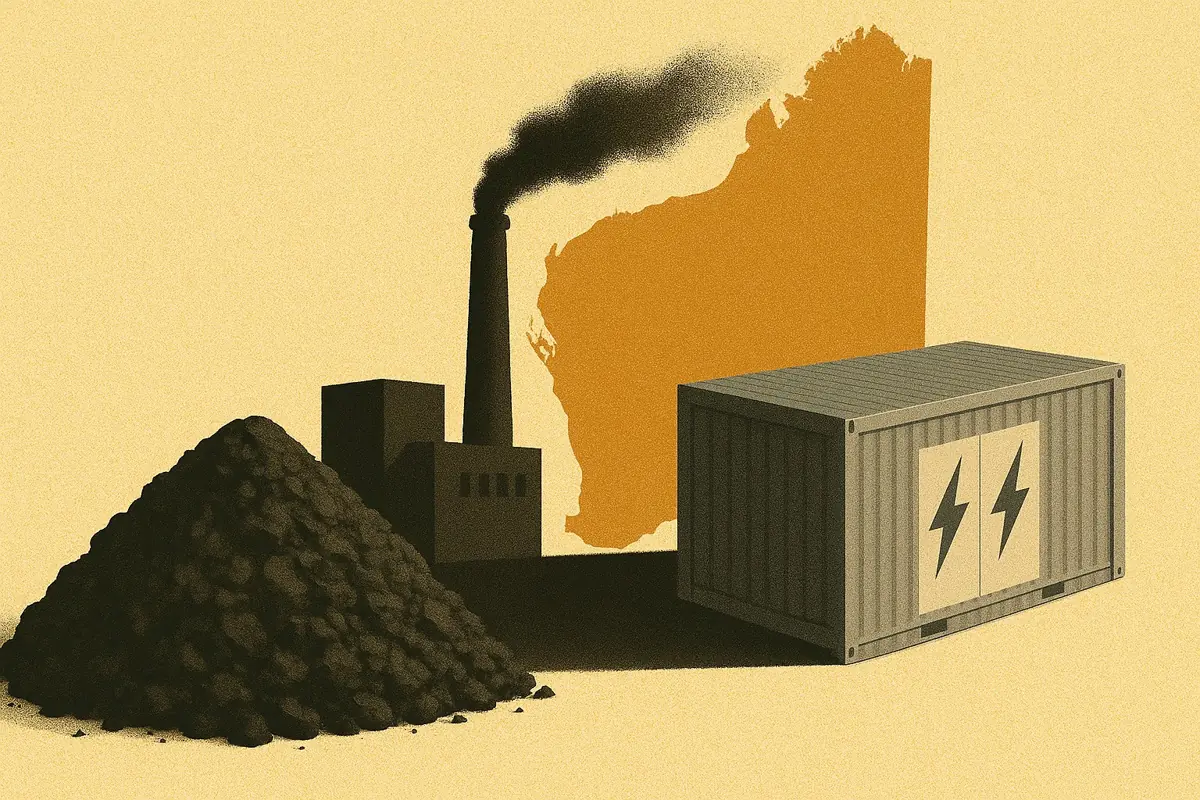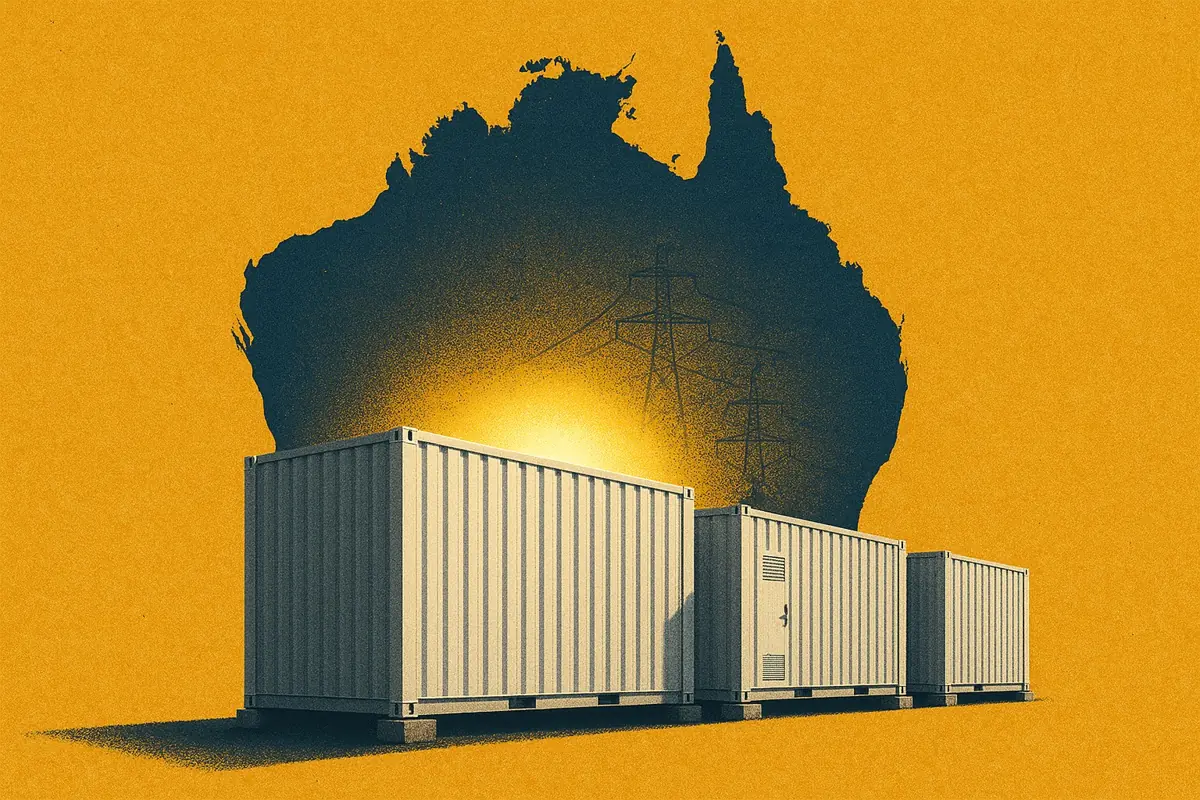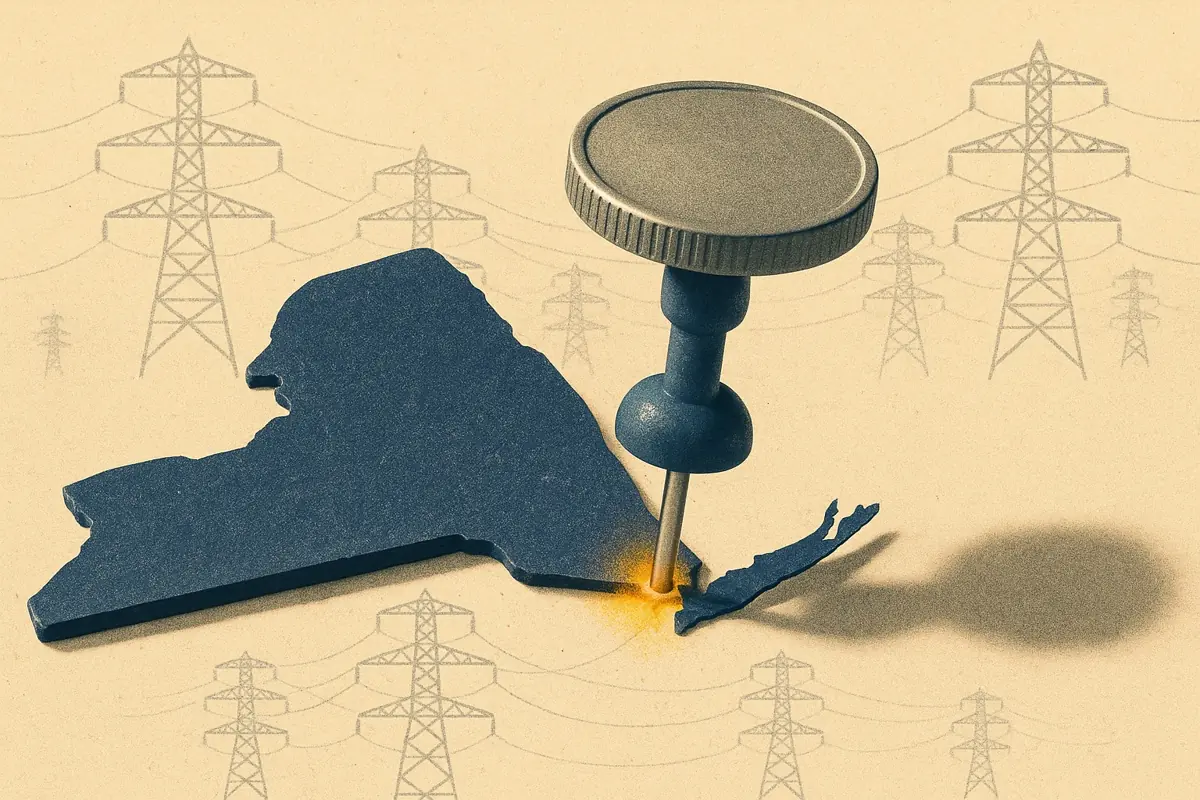Executive Summary
- GB battery energy storage revenues averaged £84k/MW/year in December 2024, a 65% increase from November, marking the highest monthly revenue in two years.
- Balancing Mechanism dispatches hit a record 141 GWh, with batteries offering energy 20% cheaper than CCGTs, increasing their market share.
- The launch of Quick Reserve on December 3rd drove reserve revenues to an all-time high, with battery participation rising from 160 MW to 580 MW on average.
Subscribers to Modo Energy’s Research will also find out:
- How wholesale price spreads increased by 32%, leading to record daily revenues on December 11th and 12th.
- Why frequency response clearing prices nearly doubled, reaching the highest levels since October 2023.
- How batteries capitalized on rising wholesale prices while balancing increasing negative price hours.
To get full access to Modo Energy’s Research, book a call with a member of the team today.
Introduction
In December 2024, battery energy storage revenues in Great Britain reached their highest level since January 2023. Revenues increased from November by 65% to £84k/MW/year, the highest monthly increase in four years. The high revenues were primarily caused by high wholesale prices and record levels of Balancing Mechanism dispatches.
Battery revenues in December doubled from January 2024
In early 2024, battery energy storage revenues reached their all-time low, averaging £36k/MW/year. In the final month of 2024, revenues reached their highest level in two years, more than doubling from January.







